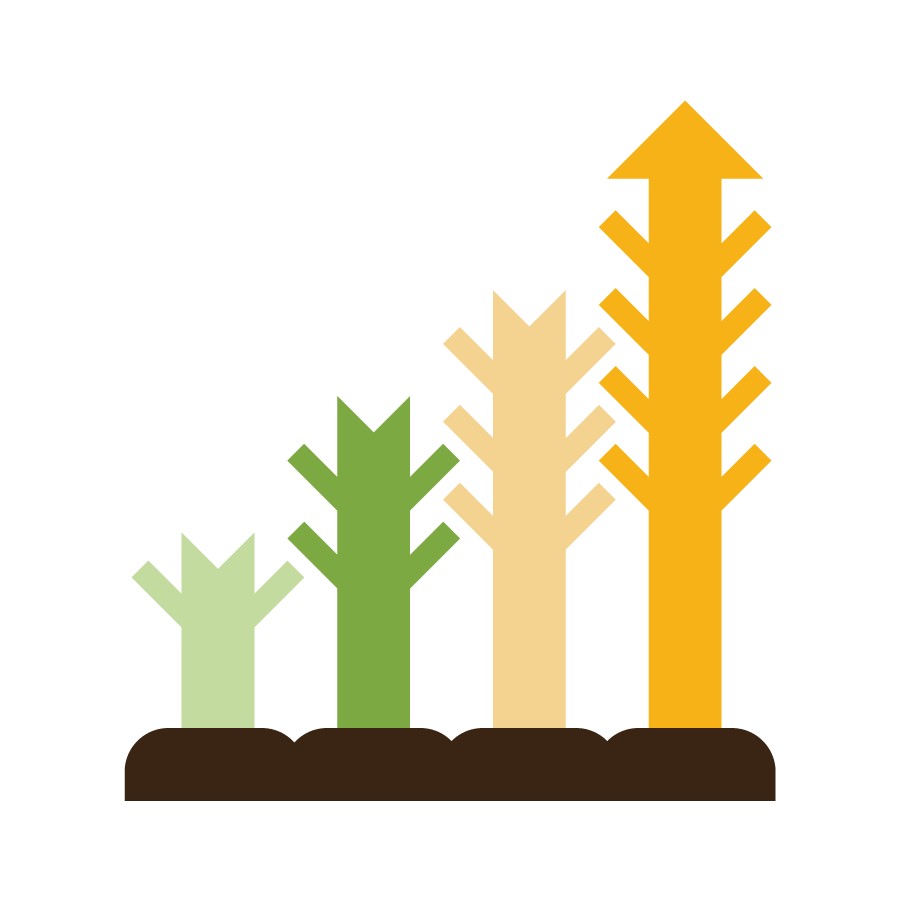
Healthy humans.
Happy planet.
Good for people
In much of the world, chickpeas are a staple, having been cultivated by humans for almost 10,000 years. They’re a rich source of protein, fiber, magnesium, B vitamins, and many other nutrients necessary to keep us healthy. They’ve been proven to reduce the risk of heart disease and type 2 diabetes, as well as triglycerides and LDL (bad) cholesterol.
1 cup of
chickpeas
equals

Good for the planet
Chickpeas and other pulse crops—like dried beans, lentils, and peas—are what’s known as low input, high yield crops. That means they let nature do the work and keep the lab and chemicals out of the process. As concerns over the future of our planet grow, chickpeas hold massive potential to feed a growing population while lessening harmful impacts like greenhouse gas emissions.
7 times less
greenhouse gasses compared to other crops
19 liters
of water produces a gram of pulse protein.
(Beef requires 112 liters to do the same.)
0 need
for nitrogen fertilizers
Protein yield
is higher per acre, saving space for natural habitats







